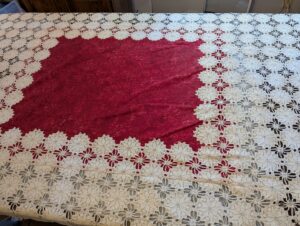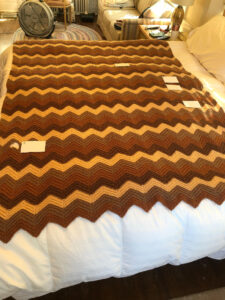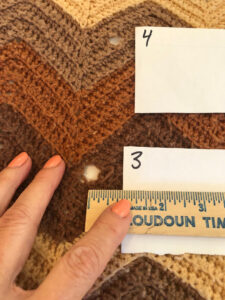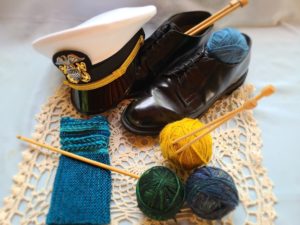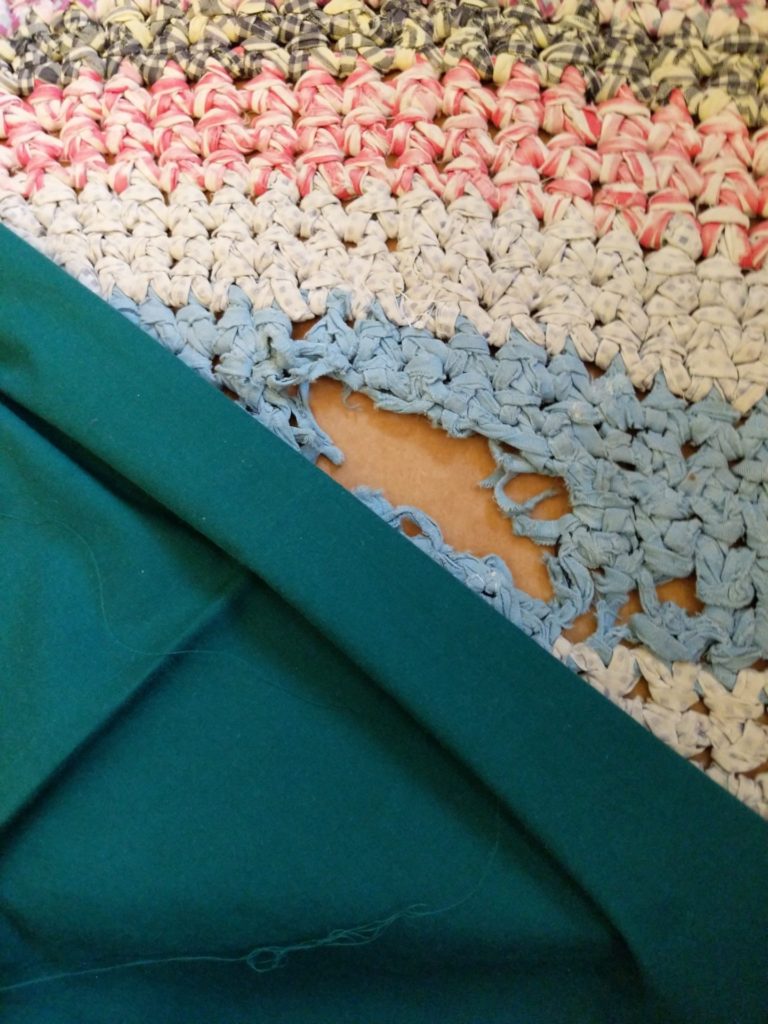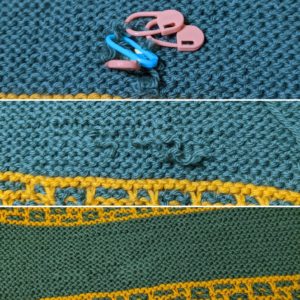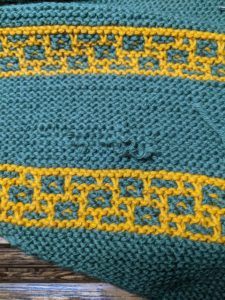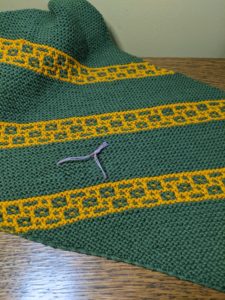I’m currently experiencing a high number of potential clients reaching out for repair estimates. While I’m looking into hiring a digital assistant, please be aware that I will be extremely slow to get back to new client communications. This will extend through the end of February, as I finish two very large repair projects.
I will also be on vacation Mid December through the first week in January.
The Longer Explanation
I’ve been honored to be trusted by a few clients in the past year to work on creative, large projects that have taken up the majority of my time. It has been refreshing to be able to do repairs that are in a slightly different wheelhouse. Meanwhile, the practical side of running my business: responding to emails and generating estimates and billing clients has become to wear on me.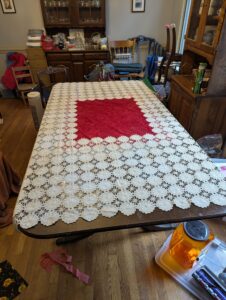
It’s never been my forte, but in the past, Mr. Turtle has been able to pick up the administrative slack. However, between his commitments to the Navy Reserves and an increase in responsibilities for his day job, he hasn’t been able to help with that side of the business. I’ve been putting off hiring someone to take over those tasks, and thus they have been falling to the wayside. It’s not ideal, and I have some time set aside the beginning of March to figure out how to hire a part time assistant. (Do you know someone? Reach out to me! I’d love a suggestion or two!) Hiring an assistant will mean training them and figuring out what tasks I’d like to offload. It has seemed like a daunting task.

